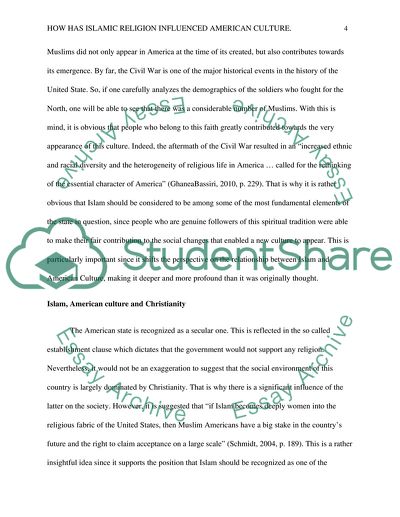Cite this document
(“How has Islamic religion influenced American culture Essay”, n.d.)
Retrieved from https://studentshare.org/religion-and-theology/1698351-how-has-islamic-religion-influenced-american-culture
Retrieved from https://studentshare.org/religion-and-theology/1698351-how-has-islamic-religion-influenced-american-culture
(How Has Islamic Religion Influenced American Culture Essay)
https://studentshare.org/religion-and-theology/1698351-how-has-islamic-religion-influenced-american-culture.
https://studentshare.org/religion-and-theology/1698351-how-has-islamic-religion-influenced-american-culture.
“How Has Islamic Religion Influenced American Culture Essay”, n.d. https://studentshare.org/religion-and-theology/1698351-how-has-islamic-religion-influenced-american-culture.


